Have you heard about Montessori schools and wondered what they were all about? Let’s uncover four reasons why Montessori could be the right fit for your child!
By Miranda Guilamo, Contributing Writer
The Basics: What is Montessori?
Montessori is a type of schooling founded by Maria Montessori, a true trailblazer. She was one of the first female doctors in Italy back in 1896. She worked at an institution for special needs children and eventually opened up a school of her own. The Montessori method is child-led, hands-on and builds a collaborative learning environment.
Quick Questions
If you answer yes to some or all of the questions in the next section, then Montessori might be calling your name!
Does your child…
- Prefer to learn through his or her body by “doing”?
- Get overly passionate by doing specific things for hours at a time (i.e. paint, read, collect bugs, etc.)?
- Have a lot of energy and a hard time sitting still?
- Always want to do everything on their own like Mr. or Mrs. Independent?
- Get frustrated having to complete worksheets or homework that does not interest them?
Do you…
- Feel like your child is not challenged enough? -or- Do you feel that your child is “falling behind” in their current class?
- Value your child learning to focus on one thing at a time?
- Prioritize organization in your home and respecting ones’ belongings?
© American Montessori Society 2020. Used with permission. All rights reserved.
Benefits of Montessori Learning
1. Children are “on the move” more
When you walk into a Montessori classroom, it will most likely feel and look different from a traditional class. There won’t be an abundance of bright colors. There will be low wooden shelves everywhere full of trays and activities called “work”. Children will be working on the floor independently or in small groups, in a seemingly harmonic and fluid manner.
Various studies have compared Montessori with traditional classrooms in regards to children’s movement. They concluded that in Montessori, children were less sedentary and spent more time moving around the classroom. This is because Montessori students are not expected to sit in a chair for most of the day. They are free to move around the classroom scouting out the shelves, moving from the floor to tables, to different work stations, and more.
2. Discover and explore their own interests
In most traditional schools, students are taught the same topics as a class and at the same skill level. This is quite the opposite in Montessori. Each student progresses at their own pace and can access a variety of materials: practical life, sensorial, mathematics, language, etc.
Montessori educators and families will often share that the method builds a “lifetime love of learning”. Children can gravitate towards the topics and activities that they enjoy and that spark their inner flame.
When my son was two, he was very much into transferring beans from one small cup to another. He was content doing this work daily and it helped strengthen his hand muscles in preparation for writing. The teachers allowed him to grab the tray with beans every day. They continued demonstrating other work to him, and eventually, he moved onto something else.
Image by Miranda Guilamo.
3. Progress at their own pace
Montessori teachers are considered “guides”. They try not to interfere with or interrupt any learning. Teachers do choose the materials in their classroom, which encourage specific step-by-step actions that oftentimes build off one another. They ensure there is both respect and order. Teachers also demonstrate various activities and observe the children’s’ progress. This is how the learning centers around the child. According to a survey with 124 families, one of the top reasons parents chose Montessori schools was because of the “respect for the child” to have more individualized learning.
Did you know that Montessori classrooms have mixed age groups? For example, preschool and kindergarten would be one class filled with 3- to 6-year-olds. The benefits include peer to peer learning and older children serving as mentors and leaders. The 3-year-olds can observe the work that the older children are doing, or a 5-year-old might help out a younger child. Since the same kids are in class together for more than one year, they form a real community.
© American Montessori Society 2020. Used with permission. All rights reserved.
4. Develop self-discipline
According to Maria Montessori, inner discipline is “the child’s ability to concentrate, work with constant effort, bring order the mind, respect others as well as the environment, achieve contentment, and live in peace.”
When you visit a Montessori classroom, it is truly fascinating to watch the children. They set out their mat on the floor and choose to bring over one “work” or activity from the shelf at a time. When they finish, they put everything back on the tray how they found it and return it to the shelf. This promotes taking care of ones’ things. It also reinforces setting their mind on a task and completing it.
According to a 3-year study in South Carolina, there was a direct relationship between levels of self-regulation (e.g. work habits of Montessori children) and levels of academic achievements (higher MAP test results in Mathematics and Reading). Since children are not told what they must work on and are not given A through F grades, the belief is that they develop an internal compass. For example, not needing praise from a teacher or an “A” to feel like a good student. Instead, engaging in the work that they enjoy and find interesting, and over time progressing onto more advanced and challenging work.
Image by Miranda Guilamo.
Okay, I Might Be Interested…What Else Should I Know?
Schedule a visit
Numerous studies show positive correlations and benefits to Montessori schooling, but you really must see and feel the differences for yourself (even if the classroom is not occupied by children at the moment). Schedule your school tours and take it from there. In addition to visiting the school for your self, here are some additional things to consider.
Accredited or not?
Montessori schools can vary greatly. For example, they can be private or public. They can be accredited by AMI (Association Montessori Internationale), AMS (American Montessori Society), or by neither organization. Therefore, consider asking about the school’s accreditations and the teachers’ credentials. Has he or she been accredited by MACTE (Montessori Accreditation Council for Teacher Education)?
Costs and Diversity
Due to the high costs of private Montessori schools, note that the student body may be lacking in socioeconomic diversity and thus in racial diversity. On the flip side, there are more and more public Montessori schools in the US, which brings this educational option to families that may not be able to afford private school. One interesting find for racially or ethnically diverse families considering Montessori: one study found that discipline was less racially disproportionate compared to traditional public schools.
Montessori at Home
There are also a lot of families that choose to incorporate and practice Montessori at home. You can do this in simple ways by the furniture you choose for your child’s bedroom to the tools you make available to your little one in the kitchen. It’s a lot about simplifying your home environment and organization in a certain manner.
In the end, follow your intuition. Choosing the right school is not easy. And it is even harder in the midst of this “Rona” environment. No one knows your child better than you. They will likely thrive anyways because they have you, who is taking the time to read posts like these. Best of luck!

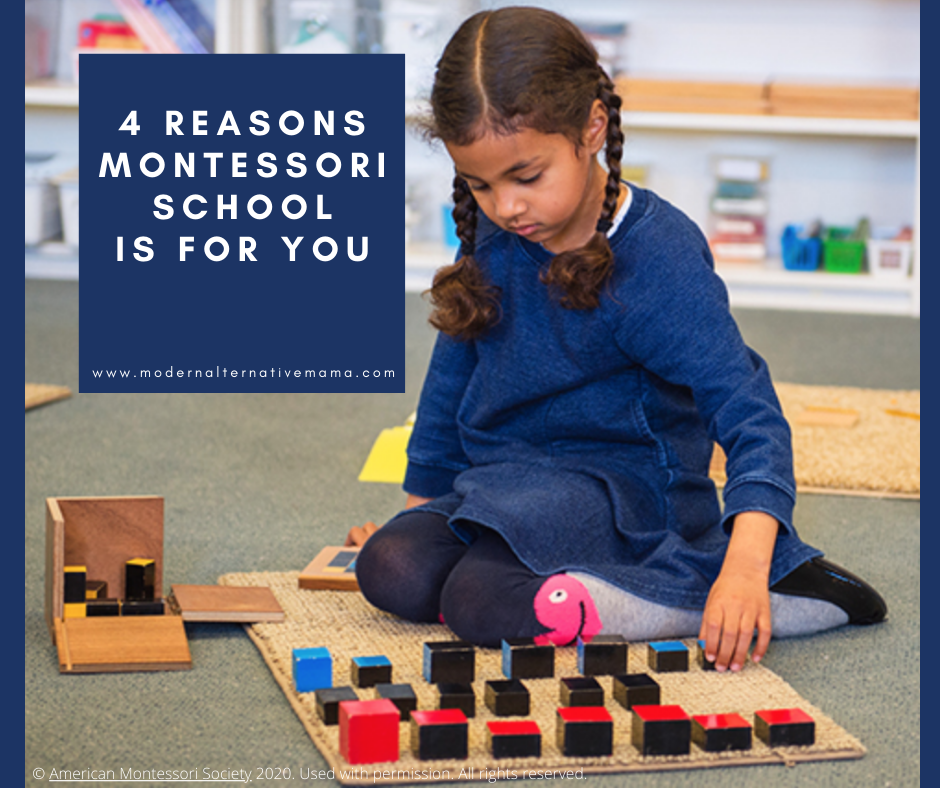
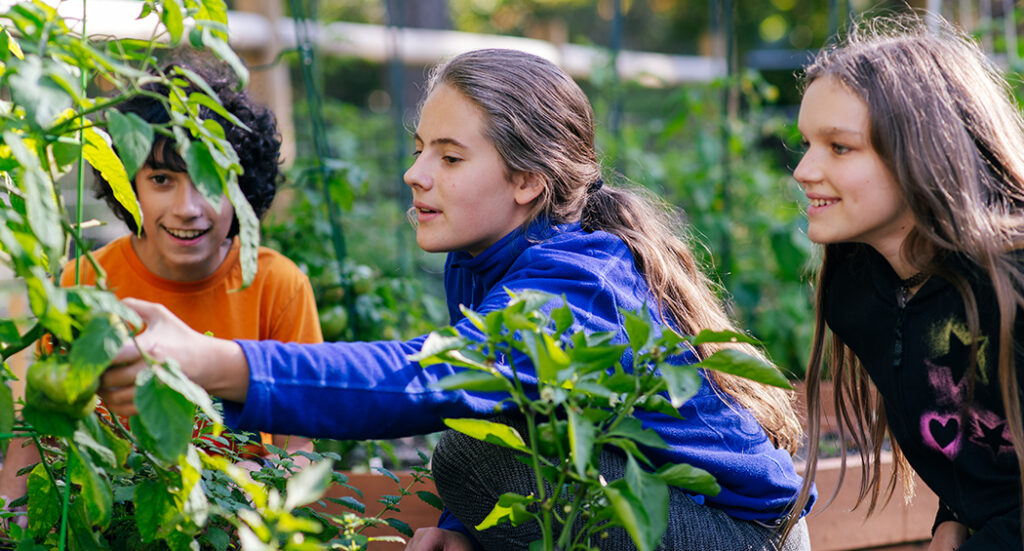
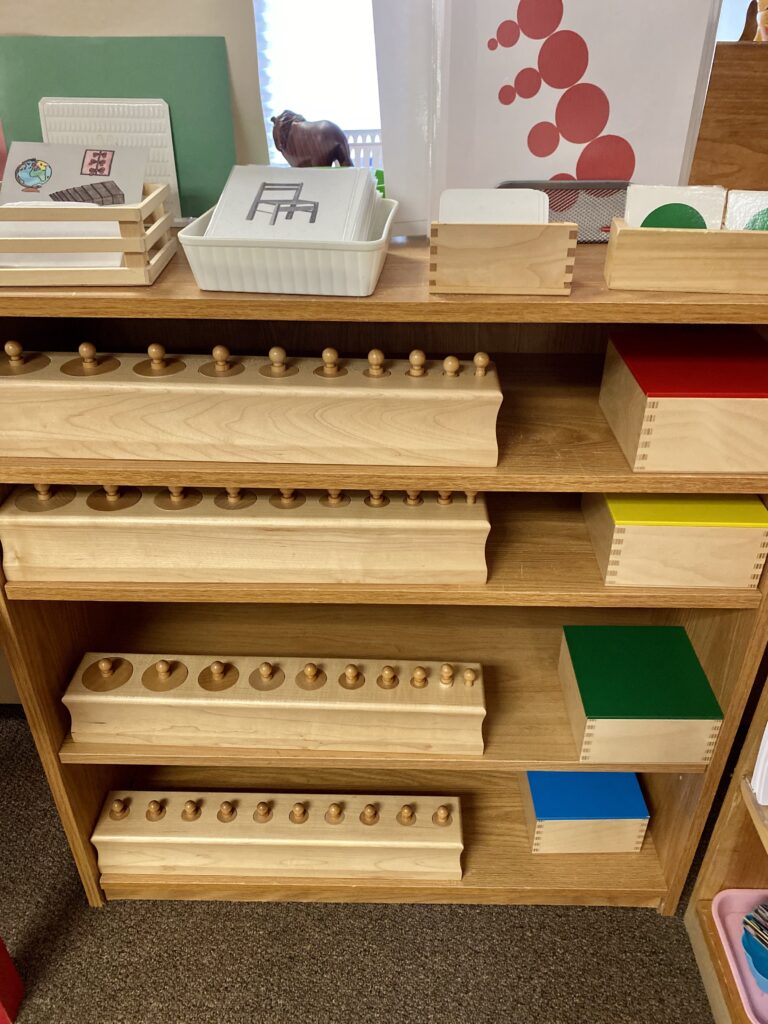
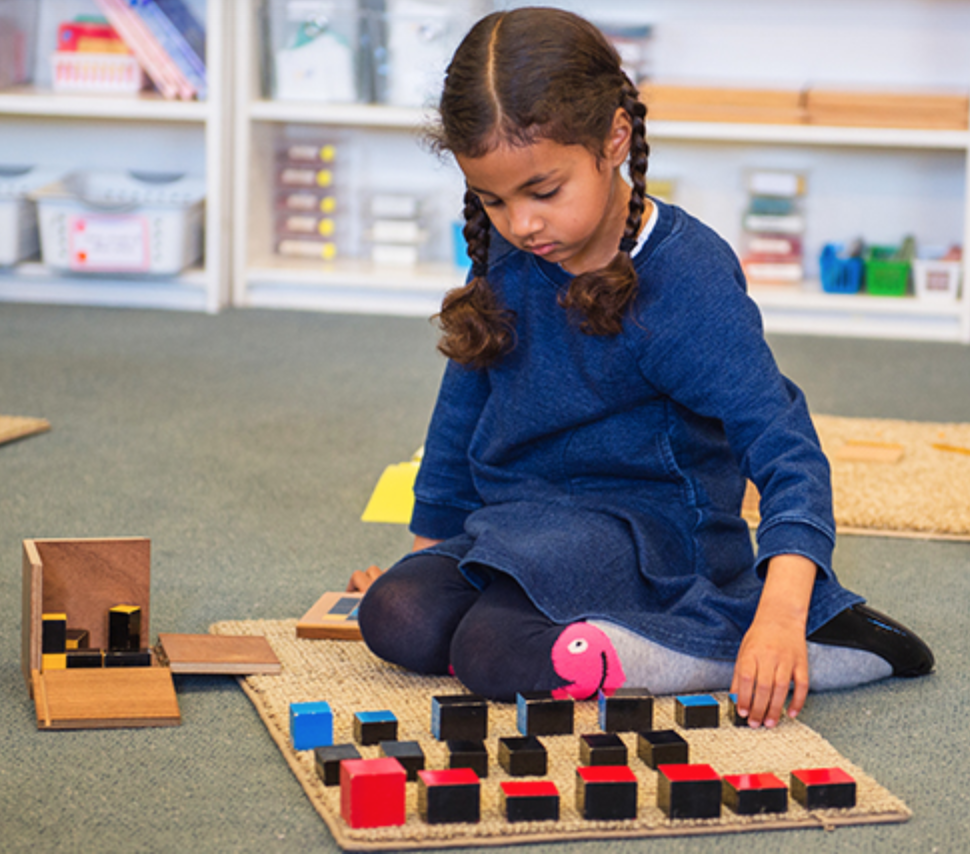
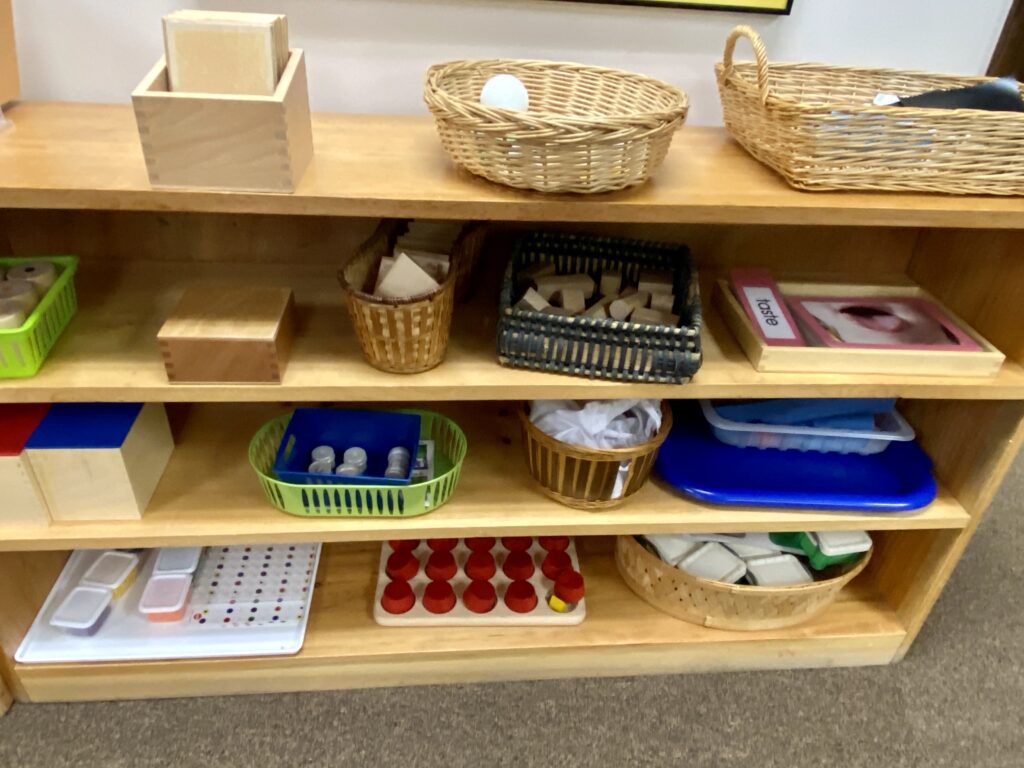





We are raising our set of fourth generation Montessori children and could not be happier! They thrive, are confident, independent and capable. Thank you for putting this lovely guide together – a must read for new parents leaning towards the pedagogy!
Wow! Fourth generation Montessori… that is incredible! I am so happy you find this guide helpful for new parents and thank you for taking the time to share your personal experience with us.